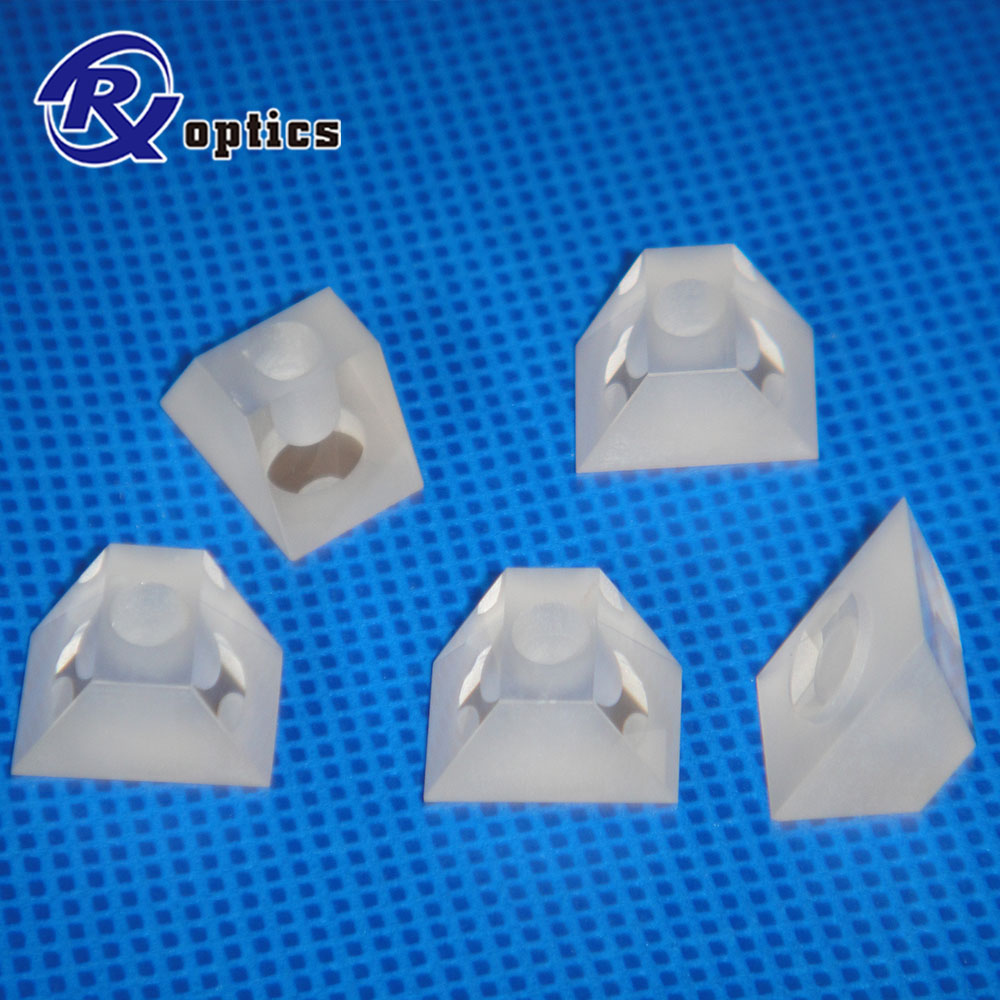The tomato fruit is rich in nutrients, can be used as raw food, as a vegetable salad, and decorated with dishes. Can be cooked, "national dish" tomato scrambled eggs. Or processed into ketchup, tomato juice or whole fruit jars. Tomatoes are widely grown everywhere. Leaf mold is a relatively common disease in tomato cultivation. Tomato leaf mold mainly harms the leaves. In severe cases, it also damages stems, flowers and fruits. The leaves are affected. The leaves are yellow-green and the edges are not obvious. The gray-white mildew layer appears on the back of the leaves, and the mildew becomes dark brown to deep. When the brown humidity is high, the surface of the leaf surface can also grow a mildew layer. Diseases often occur from the lower leaves first, and gradually spread upward. When the disease is severe, the mold layer is covered with leaf backs, the leaves are curled, and the whole leaves are yellow-brown and dry. Similar lesions can also be produced on the tender stems and fruit stalks. When the fruit is affected, black round or irregular plaques are formed near the fruit stalk or on the fruit surface, and the hardened depression is inedible. Tomato leaf mold has a serious incidence in fields with continuous cropping, poor drainage, poor ventilation, too closed in the field, and high air humidity. In the early spring of the year, the temperature is low and rainy, continuous rainy or rainy and rainy. In the autumn and autumn, the temperature is high and the rainy years are heavy. Control tomato leaf mold, spray protection in the absence of tomato disease or remove the lower disease leaves in the early stage of the disease, and spray the drug protection in time. The pesticide fungicide manufacturer Baiheyuan has been promoted by the research for many years. Mildew has a good preventive effect. Spray once every 6-10 days, spray 2-3 times depending on the condition. Spray the drug on the front and back of the blade evenly. In addition, timely ventilation, proper control of watering, timely ventilation and dehumidification after watering; cultivation method with double ridge film and under-film irrigation, in addition to increasing soil moisture, can also significantly reduce the air humidity in the greenhouse, thereby Inhibition of tomato leaf mold and reinfection, and film mulching can effectively prevent the spread of pathogens in the soil. More pesticide knowledge , please pay attention to China Pesticide Network
A Dove prism is a type of reflective prism which is used to invert an image. Dove prisms are shaped from a truncated right-angle prism. A beam of light entering one of the sloped faces of the prism undergoes total internal reflection from the inside of the longest (bottom) face and emerges from the opposite sloped face.dove prisms are ideal for image rotation.Dove Prisms have two application. One is creating an image inversion in beam input parallel to the base. Another application is used as a retroreflector. it perform as a right-angle prism. have an unusual and very interesting characteristic - if you look through the prism and rotate it around a longitudinal axis
Images passing through the prism are flipped, and because only one reflection takes place, the image's handedness is changed to the opposite sense. Dove prisms have an interesting property - when they are rotated along their longitudinal axis, the transmitted image rotates at twice the rate of the prism. It is very important that the application must be used with parallel or collimated beam and the large square reflective surface should be kept very clean. Another application is used as a retroreflector.
K9 Dove Prism,Optical Dove Prism,Silicon Dove Prism,Sapphire Dove Prism Changchun Ruiqi Optoelectronics Co.,Ltd , https://www.ruiqi-optics.com.jpg)


